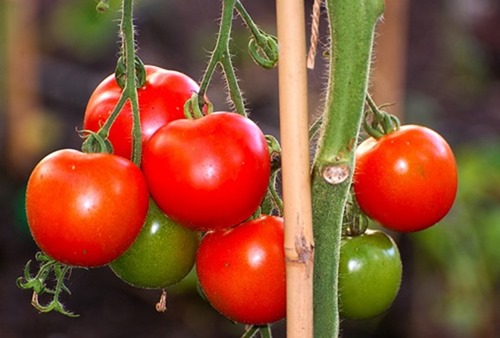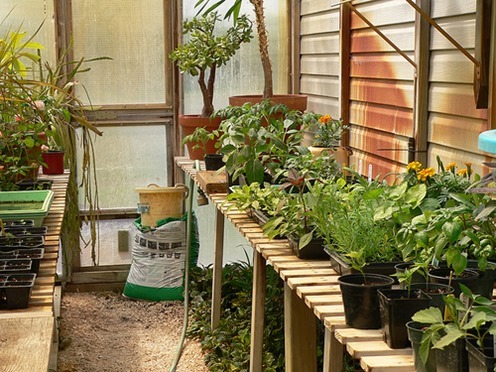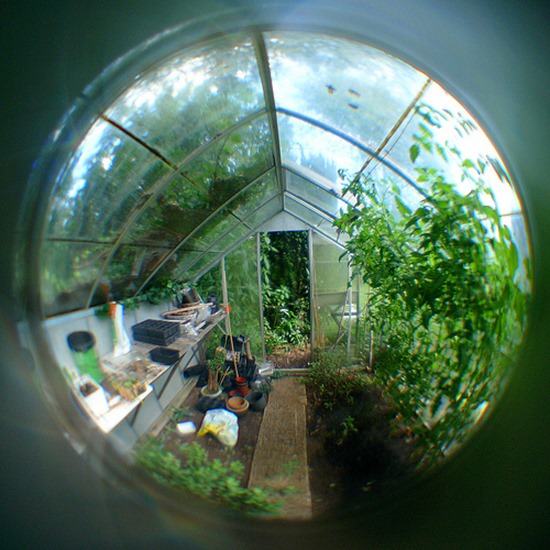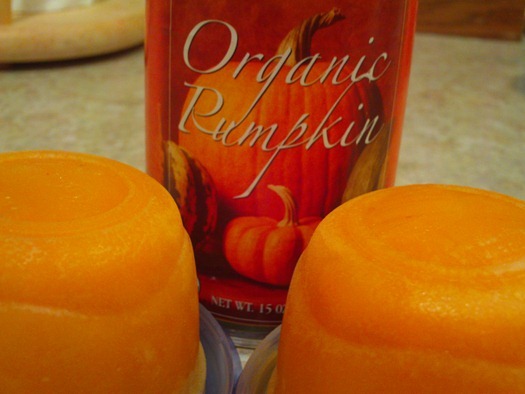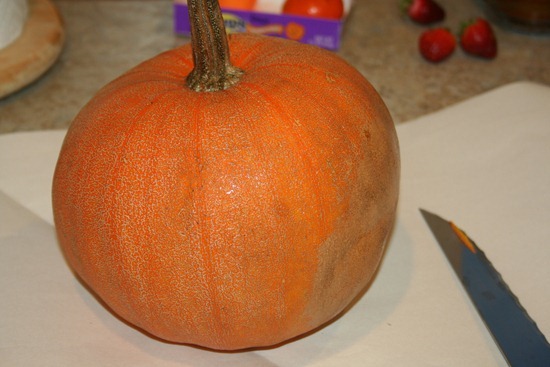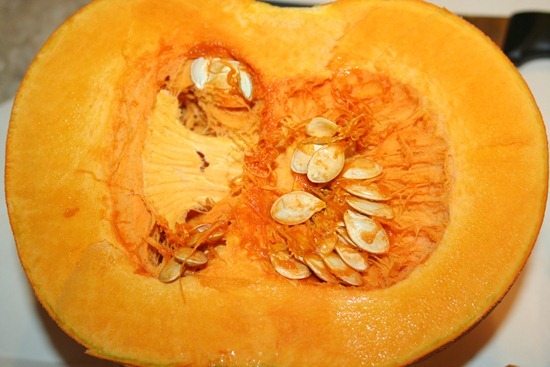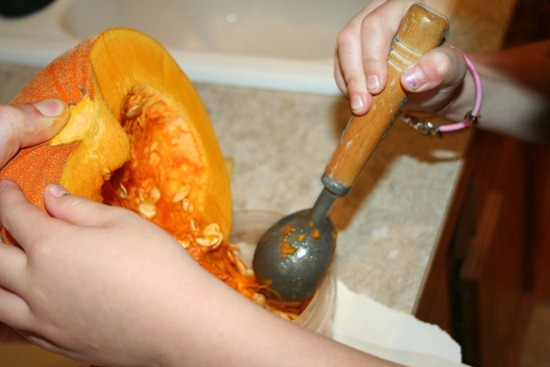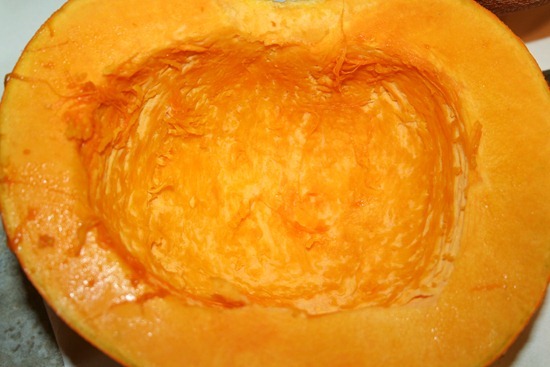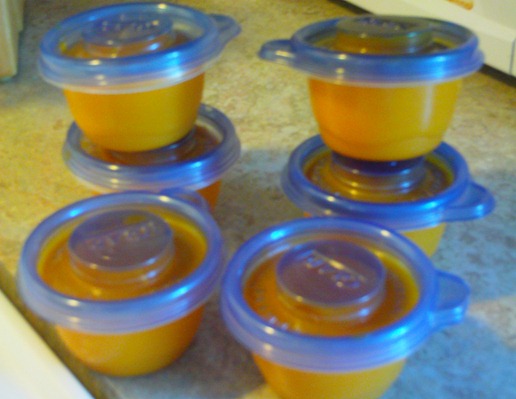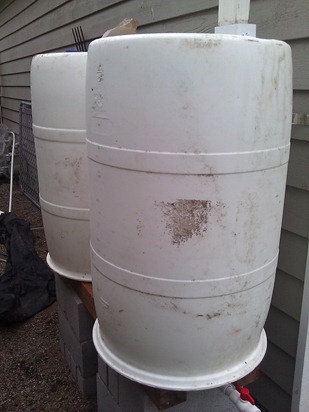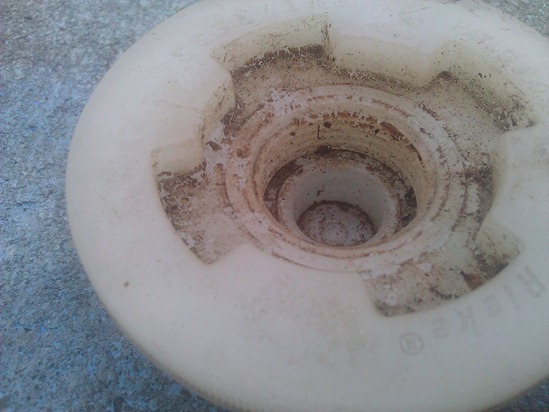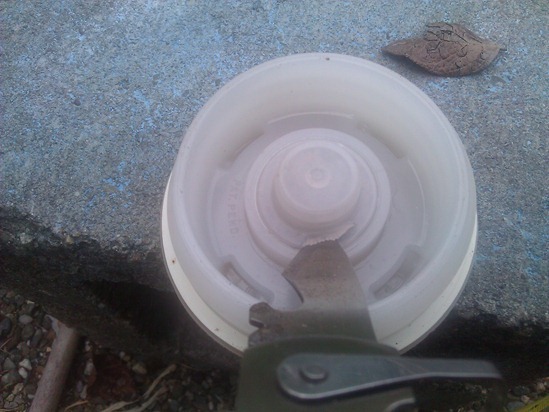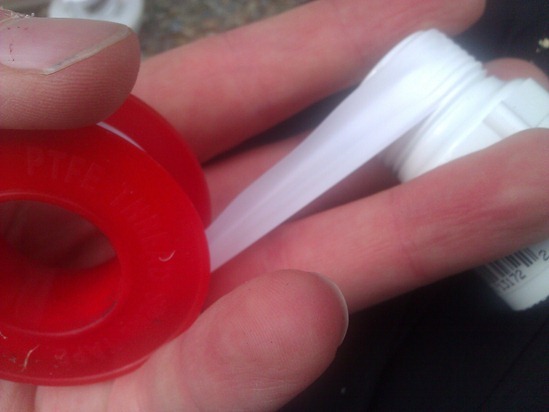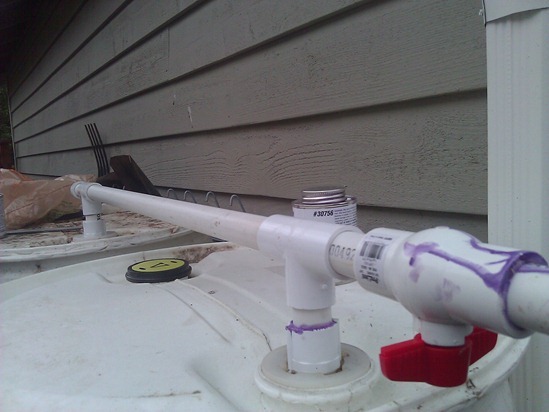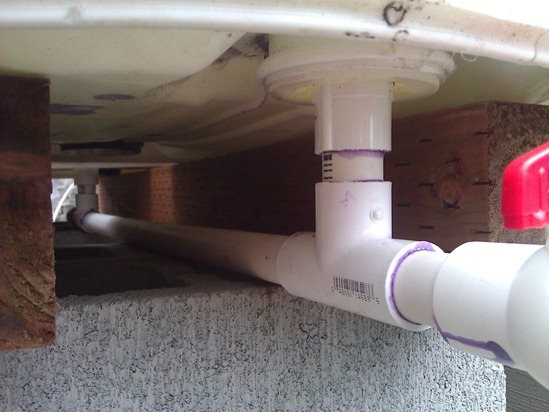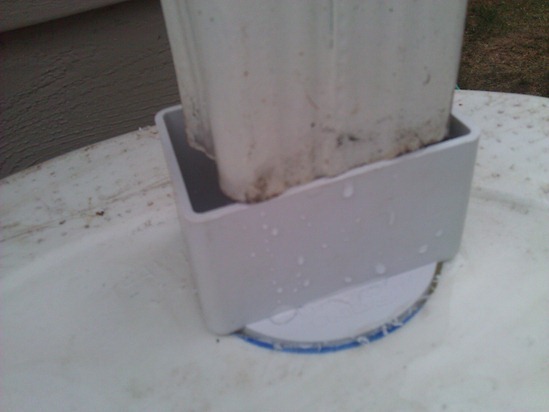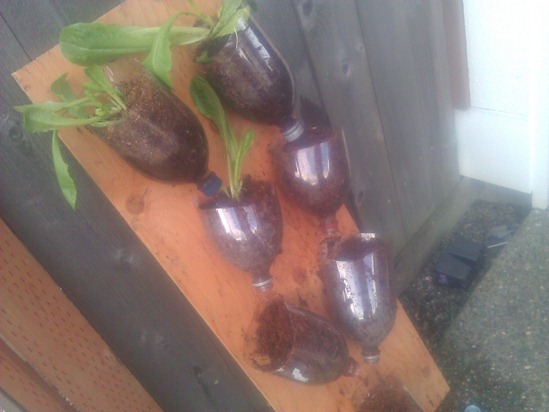Building Your Greenhouse For Success
11.3 years ago cheap, DIY, greenhouse, guest post
Most of us think of building and maintaining greenhouses as a labor of love, a fulfilling hobby, or simply an aesthetic pursuit. We invest our time, effort, and money into greenhouses for the joy of gardening and the sake of surrounding ourselves with beauty. But efficient greenhouses can also give back in more explicit ways. From filling kitchens with fresh produce to supplementing incomes and increasing property values, greenhouse success can translate into personal success in countless ways and look like a thing of beauty surrounded by exotic flowers.
Of course, the primary benefit of a greenhouse is the control it affords. A well-made greenhouse will overcome seasons, sudden temperature shifts, and blights of harmful insects. In the UK, where wintertime freezes it makes gardening impossible, with a greenhouse we can cultivate exotic species and delicate produce, while substantially extending the growing season. To optimize space, the best greenhouse plants are those with the largest flowerings and blooms relative to their size. The more dense and diverse a greenhouse, the more efficient it will be, and the fewer resources it will require to equalize temperature and humidity. Green onions, hanging patio tomatoes, peppers, and carrots are efficient growers with consistently high outputs. Narcissus and Snapdragon are large blooming flowers with relatively low space requirements
Designing Your Greenhouse
Careful planning is the key to optimizing your greenhouse’s potential. This starts with construction and continues with each new plant addition. Most greenhouses will need to be oriented North-South, to extend the growing season and maximize sun exposure. In some cases, however, due to local wind threats or special crop requirements, an East-West orientation will be more efficient, as it best utilizes light during the earliest and latest growing seasons. But no single building plan is best for everyone. The decision depends entirely upon geography and local climate.
Thoughtful planning must go into how the greenhouse is constructed, thinking about how to minimize waste and prevent costly, avoidable problems. Plan by talking with your plumbers about this so you know what access to water pipes you have, what would be needed to be built in place for water access and the cost this may involve. All this will help maintain the greenhouse in the future so is worth planning well from day one.
The next important stage is to consider how best to utilize existing resources rather than buying unnecessary implements. Is there an abandoned outbuilding on your property? Old windows lying around? Perhaps an addition to a detached garage or boathouse can help circumvent the need to build a freestanding structure. Maybe a fragment of a low-lying wall can serve as a building platform. The beauty of greenhouses is that each is unique. No single design trumps the others. Lean-to structures, triangular houses, and arched-roofs have the potential to work equally well. In regions where the weather permits, plastic sheeting and PVC can replace glass and wood. Inexpensive aluminum piping is a sturdy and easily assembled option for those in harsher climates. Ultimately, the most successful greenhouses are designed for longevity. Keep in mind that greenhouses are wet environments, so wood structures will need to be sanded, primed, and painted to avoid rot.
Many minor additions can drastically improve greenhouse productivity, stability, and sustainability. Simple rainwater and dew collection systems can lead to substantial water savings. Ventilation fans (purchased at any local hardware store) make humidity regulation easy, moisture meters and thermostats allow for scientific precision and will facilitate year-to-year refinements, a portable potting bench will prevent countless head- and back-aches, and cheap solar lighting is an eco-friendly, wireless solution. Many simple solar lights can be purchased for around £60-£100. For those who need artificial heating, the best option is electric. It is emission-free and relatively efficient. But be sure to eliminate droughts wherever possible to prevent heat loss and reduce energy costs. Also clear away or trim back nearby trees to prevent potential damage and maximize light.
Economic And Lifestyle Benefits
As the prices of organic produce continue to climb, greenhouse gardening is becoming more and more economically logical. Not only does home growing ensure your family eats the cleanest and healthiest produce, it can also be a fulfilling business venture. By selling to local farmers markets or organic co-ops, many gardeners can at least cover greenhouse expenses, and some larger greenhouses can even become quite lucrative. Growing and selling local is also an important environmental contribution: one that is more important than ever in our rapidly globalizing world economy. And with the holidays fast approaching, don’t forget that hand grown plants make wonderful gifts.
But even despite the many material benefits of gardening, at the end of the day the best aspect of a greenhouse is its function as a sanctum. Greenhouses are therapeutic places of beauty, serenity, and growth. They are a place to find balance and release stress. So take this into careful account when designing your greenhouse space. Add personal decorative touches. Consider installing a simple macadam walkway, a reading nook, wooden scrollwork, a stained-glass windowpane, or a swing seat. Plan your floral arrangements with soothing palettes in mind. It is true that successful greenhouses are a healthy economic investment. But, far more importantly, greenhouses are an investment in the health of body and mind.
—
Author: Jenny Beswick loves home improvement ideas and making her garden the focus point in her home design. Consulting with a London Plumber, careful planning and creative designs are a few steps forward to a successful greenhouse. Keep us informed on how your development plans out!
Encourage Green Fingers (of the Tiny Variety)
11.3 years ago cheap, guest post, kids, square foot gardening

There’s nothing quite like letting a child grow their own vegetables to encourage a fussy eater to try new foods. Kids love to get out in the garden and plant their own veggies (preferably getting as dirty as possible in the process). The only frustration that you might encounter is that seeing results can be a bit of a waiting game, especially for those kids who plant seeds in the morning and expect the fruits of their labor to be ready for consumption within just a few hours! Here’s our top tips for growing vegetables with kids.
What you’ll need …
- Seeds are the starting point for any green fingered adventure. No really! If money is tight, there are numerous ways to get your hands on free vegetable seeds. Just be sure to involve your kids as this will make the whole thing seem even more exciting.
- You’ll also want to get hold of some kid friendly gardening tools. The grown up versions are just too heavy for little hands, not to mention potentially very dangerous.
- A dedicated area of the garden just for them. That is unless you could live with tiny hands pulling up your prize radishes before they’re ready to go and tiny (but surprisingly heavy feet) stomping all over your baby lettuces.
What you should grow …
As mentioned kids like nothing better than instant gratification. There’s not a whole lot of that around in the pursuit of gardening. Although you might very well derive a sense of inner satisfaction from seeing a freshly laid row of seeds, kids often fail to see the attraction. The next best thing to instant gratification is perhaps continual gratification, so draw yourself up a schedule of what is going to ready first and plant accordingly. Once you’ve been going at it for a while, you should be able to come up with a schedule that yields regular results.
- 1. Cress. We all know cress is not the most exciting thing in the world, but it grows super fast and because of that it’s always a great place to start. Nothing else is going to give you something that’s ready to eat in around a week, plus kids can grow funny cress hair in broken egg cups. What’s not to love?
- 2. Beans. Another thing that gives kids those quick results they yearn for is beans. They’ll love making a little “tee pee” using bamboo stakes tied together in a pyramid shape. The vine will start to grow within about ten days. It can be fun for kids to watch how quickly the vine shoots up (measure every few days to monitor progress), not to mention the possibility of them starring in their very own version of Jack and the Beanstalk.
- 3. Cherry tomatoes. Nothing says instant gratification than a food you can eat right off the plant. Go for a variety of different colors to up the fun stakes and without too much delay your kids can start enjoying these sweet, healthy snacks. Just don’t be under any kind of illusion that even one of the cherry tomatoes will reach the kitchen.
- 4. Potatoes. Growing potatoes can be immense fun with children since when it comes to harvesting time it can rather feel like digging for buried treasure. “I don’t like digging for treasure” said no child ever! It’s undoubtedly a lot of fun, but you must always make sure that children don’t eat the toxic leaves, sprouts, and fruit stems of the plant. For this reason, unless supervision is guaranteed, save the potato growing for older children.
- 5. Pumpkins. What child would ever pass up the chance of growing their very own Jack O Lantern? Not many, that’s for sure! We love the tip provided by Erica over at Northwest Edible Life who advises that a child’s name carved into the green skin of a softball sized pumpkin will scar over and retain the carving as it grows to maturity. The result is rather fabulous personalized pumpkins.
- Why not try introducing your children to the delights of growing their own vegetables? It may or may not solve a fussy eating issue, but even if it doesn’t, at least you will have both had fun trying. Isn’t that what parenting is all about?
Author Bio
Linda Forshaw is mum to five year old Freya. As well as being a regular contributor to college resource site Degree Jungle, Linda is a full time writer and blogger specializing in education, social media, and entrepreneurship. Contact her on Twitter @seelindaplay
Free Vegetable Seeds
11.3 years ago cheap, free, seed exchange, seed saving, seeds
Free Vegetable Seeds
- Ask your coworkers: Are any of your coworkers gardeners? Setup a seed swap at lunch and/or see if they want to go in on a seed order and split up some seed packets for varieties you only need a few seeds.
- Harvest your own seeds: I typically grow at least one or two cilantro and pea plants to collect seeds from for the next year . Notice your neighbor has some neglected plants going to seed? Ask if you can get some they may even look at this as free weeding (important part is to ask though)
- Get seeds from the grocery store: Before putting those vegetables in the compost bin, set the seeds aside to let them dry and you got some free seeds. The riper the fruit/vegetable the better results you may have on fertility here so shortest time between picking at getting up for sale will yield the best results. So look for local fruits and vegetables or even better visit your local farmers market.
- Get free vegetable seeds from the US Government: Have a little experiment or study you want to conduct and report the results on your blog? Check out the National Plant Germplasm System from the US Department of Agriculture. Within a database of over 10,000 species of plants you are sure to find some vegetables for your experiments. Even shipping is included though can be time consuming to find what you are looking for.
- Check your spice rack: In many cases you can plant seeds from your spice rack. Just look for words like “raw” anything that has been “roasted” will probably not yield positive results. Some ideas, mustard seed, dill seed, coriander, poppy seed, celery seed. If your spice rack is lacking you can pay a few cents buy a teaspoon of organic spices in bulk, last time I bought dill seeds got about 100 seeds for $0.05 which is a significant saving over paying $2-3 for an envelope of seeds.
- Seed swap web sites: Below I have listed a few links where you can share seeds with others. This is a great way to find some heirloom seeds you might not be able to find in stores/seed catalogs. In many cases people will offer seeds for free by just sending a SASE (Self Addressed Stamped Envelope) Just remember to pay it forward when you come into a plethora of seeds yourself after this years harvest.
If this is all seems like too much effort you can just buy some very inexpensive seeds online where you can check out some of my personal favorites in my “Cheap vegetable seeds” post
How to make pumpkin puree
11.6 years ago cheap, pumpkin, puree
It is that time of year again to stock up on some pumpkin puree from some fresh pumpkins. Not sure if it is the 3rd daughter or just getting older but this year I have come up with an ever faster way to convert pumpkins into puree. Not only does this give you a better tasting pie, but given a organic pumpkin cost $6 a can you also save quite a bit of money with just a little additional work.
Step 1: Clean the pumpkin. Use a little water and scouring pad to remove loose dirt
Step 2: Remove stem and cut pumpkin in half. This will take a little muscle to get through but using a serrated blade should make quick work of this little pumpkin.
Step 3: Scoop out seeds and innards. Using an ice cream scoop. scrape out the seeds and the stringy innards, you don’t have to get this completely clean as you can see below. I also decided to save a few seeds with hopes to grow my own sugar pumpkins next year using the seed saving techniques I have wrote about last year.
Step 4: Cook the pumpkin. Places halved pumpkins on a cookie sheet. Place in a preheated oven at 350F and cook the pumpkin for 1.5-2 hours. The pumpkin is done cooking when you can slice through the pumpkin flesh with an edge of a fork with almost no effort.
Step 5: Scape out cooked pumpkin. When the pumpkins are cool enough to handle simply take a large spoon and scrape out the cooked pumpkin and scoop into a large bowl being careful to not scrape too hard and accidentally get some pumpkin skin in the mix.
Step 6: Blend. Use a large metal spoon to scape the pumpkin away from the skin and place into a blender and blend until smooth. Typically this can be as much as 1/3 water to 2/3 cooked pumpkin to get a good vortex going like above.
That is it. With my 5 pound pumpkin I purchased for $5 I got 6 cups of pumpkin puree, which is enough to make 3 pumpkin pie or 6 loafs of pumpkin bread and if my math is right about $30 compared to buying the canned variety. After making a pie and a loaf of pumpkin bread this left me with 3 cups of pumpkin goo, which I put in 6 half-cup containers which I froze to make some more pie for Thanksgiving.
How to setup cheap rain barrels
11.6 years ago cheap, rain barrels, water
Living in the rainy Pacific Northwest I have considered setting up some rain barrels to save a little on my water bill, but to also provide a water outlet to an area in my garden where one is not available.
The biggest inhibiting factor of doing this sooner was cost, typically rain barrel kits cost at least $100 and though as you can see below might be a little more aesthetically pleasing this is quite a bit of money to spend for something I am going to hide behind my garage anyway I went for a much cheaper option with a little do-it-yourself.
Materials Needed
- 55 gallon food grade plastic barrels X 2
- 3/4 in. Slip x MHT PVC Fitting
- 3/4 in. Male Terminal Adapter
- 3/4“ PVC Tee connector X 2
- 3/4” PVC elbow connector
- 3/4” PVC end cap
- Hose Barb Adapter (5/8” Barb X 3/4” MIP)
- 5/8” plastic tubing
- 3/4” PVC ball valve (get a second one if you want to be able to add more barrels without draining out all the water)
- 1.5” length of 3/4” PVC pipe X 2
- 2” length of 3/4” PVC pipe X 2
- Vinyl plumbers tape
- PVC primer/cement
- Cinder Blocks (at least 2 for each water barrel…I went with 6 for each barrel for additional water pressure)
- 4”X4” Lumber (8 foot)
Construction
Knowing Pascal’s principle I wanted to take advantage of all the height I could safely get. I chose to elevate my rain barrels by taking cinder blocks 2 wide and 3 high. I then place two 4”X4” lumber cut at 4 foot lengths to provide a few additional inches bust also provide some room for my connections which I will explain below.
Now I have a firm foundation not it is time to get these barrels hooked together so I can get maximum water pressure and access to the water in all of the barrels.
The caps on the barrels (pretty common) I picked up had a nice feature of including some nice threads on the inside of them. This provides me a nice 1 inch thread I can get a nice tight seal. The only problem these are sealed.
Not having a drill bit just under one inch in diameter I used a pocket knife to carefully cut the inner cap off being careful to not harm the threads.
Next I applied some silicon tape to the 3/4 in. Male Terminal Adapter and screw these into the lids and then attached the lid back into the water barrel. Repeat this step for each of the barrels.
Next cut two 1.5 inch lengths of 3/4 PVC pipe and place between the 3/4 in. Male Terminal Adapter and the 3/4“ PVC T connector.
Now cut two 2 inch lengths of 3/4” PVC pipe and place at either end of the T connector on both barrels.
Next attach your 3/4” PVC ball valve to both ends (or 3/4” PVC end cap if you are not planning on adding any more barrels to your system.)
Finally measure the length between the remaining span of your water barrels and cut that to length.
Once you have everything fit as you like it use PVC primer/cement to make everything permanent except the connections between the T-connector and the threaded connector attached to the barrel.
Now (with PVC assembly removed) flip the barrels over to their final resting place and prime/cement last connections giving barrels a slight twist to make sure you have a good seal in the PVC cement.
Next cut a hole in the top of one barrel and be sure to place a screen between the rainspout and the opening of the barrel to keep mosquitos from making a home in your barrel.
In each of the other barrels you will need to add a hole for venting. I will I completely forgot this step and woke up confused why only one barrel contained 90% of the water after our first rain. Once I drilled a 1/4” hole into my second barrel I got a good blast of air in my face and the barrels equalized.
Lastly you need to add an overflow preventer, for this I drilled a one inch hole and then added a Hose Barb Adapter (5/8” Barb X 3/4” MIP) and a small length of 5/8” plastic tubing returning to the drain (with screen attached to keep bugs from coming up the tube.
To make sure you do not have any leaks (and being so excited to see your hard work in action) you can throw your onto your roof and let the water run for a few minutes to make sure you do not have any obvious issues such as leaks at any of your connections.
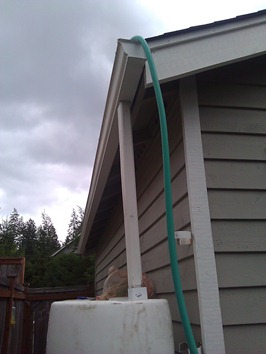 |
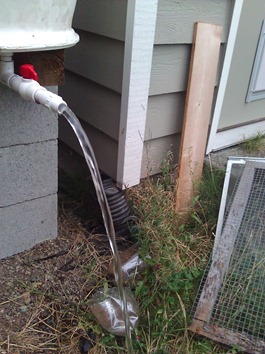 |
I also added a 3/4 in. Slip x MHT PVC Fitting which allows me to directly connect a garden hose or automated drip irrigation system (see upcoming post..)
So now I have the ability to capture up to 110 gallons of water, since I am only capturing one half of the water from the roof of my garage which equates to 196 square feet. Given for every inch that falls on a square square foot of surface area equals 0.6234 gallons so this means with just a single inch of rain these barrels will be over flowing providing weeks of water for a small vegetable garden.
vertical gardening recycling two liter bottles
12.1 years ago cheap, planter, recycle, upside down planter, vertical gardening
I am always looking for ways to enable myself to grow more in my small suburban yard. One technique to do this is using the maximum vertical space to your advantage. Whether this is growing your tomatoes and cucumbers up a trellis or growing some tomatoes from hanging upside down planters the more you successfully make use of this space the higher yields you can achieve.
One part of my yard has a great location which southern facing but do to concrete supported fence posts I can not grow anything there until now. With my homemade vertical planter I can grow a variety of small root vegetables such as lettuce, herbs, cherry tomatoes, flowers, etc.
Step #1: Cut to size. Depending on the soil needs of the plants you are growing cut off the tops using a utility knife or a good pair of scissors/kitchen shears. Cut just a bit lower on one side of the “planter” to provide a little more room for the next step and give the plant a natural way to hang over the side of the planter.
Step #2: Drill holes in top two caps. Not much else to describe here…this is done to restrict the flow of water to the planters below this one and prevent erosion of dirt out of the planters due to too high of water flow.
Step #3: Attach bottles. Pick any scrap piece of plywood you have around and attach the bottles with a couple of small screws. You can be as creative as you want on this one. A couple things to keep in mind, you want the water to flow between the planters to save yourself some time when watering these (you only have to water the top one) You also want to thing about how the plants may mature and couple block the sun from some of the plants below it, so staggering directions can help with this.
Step #4: Fill with dirt. Add some good potting soil (I went with my favorite coconut coil) and water from top to ensure water drips as expected. If you aim is off you can always add another screw (or adjust) to get everything lined up.
Below is a video of this vertical planter in action.
